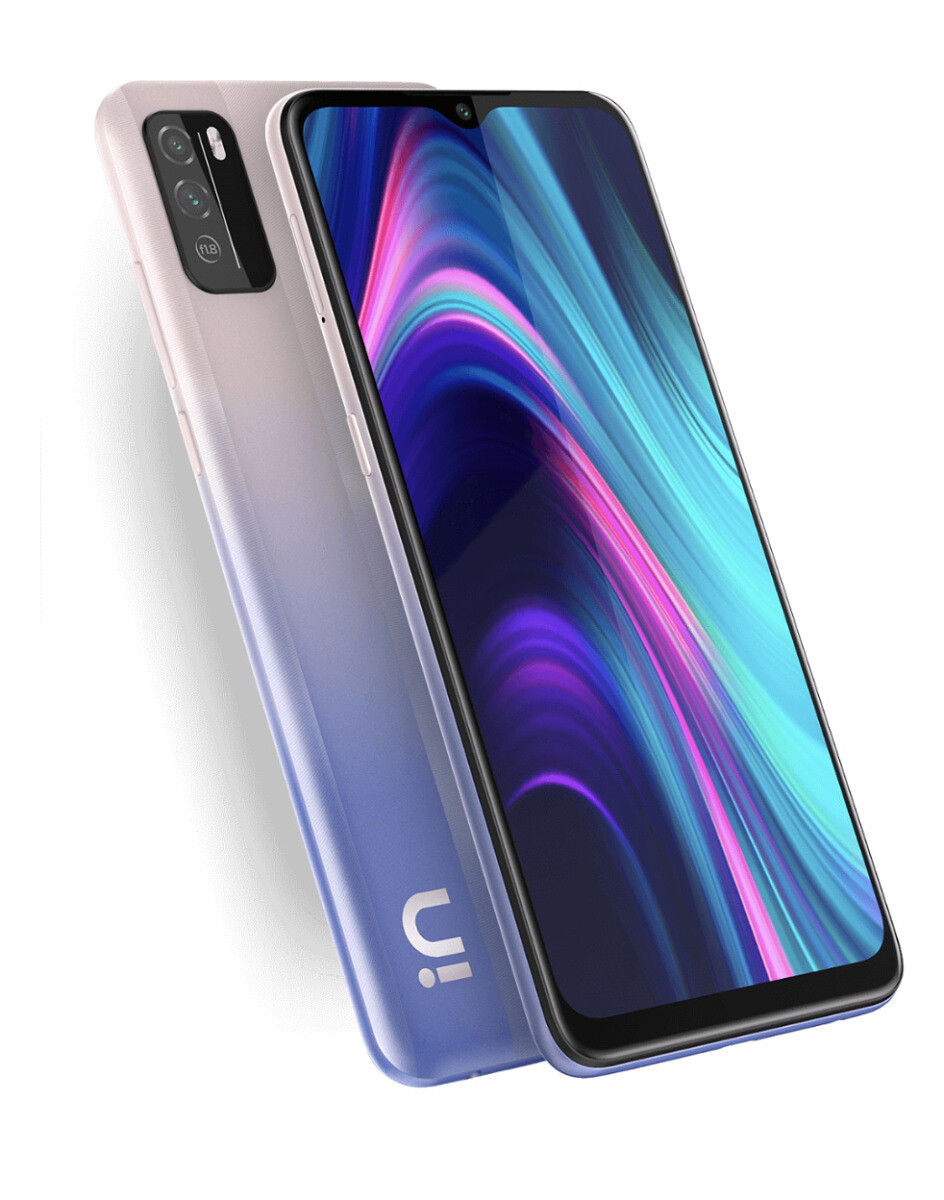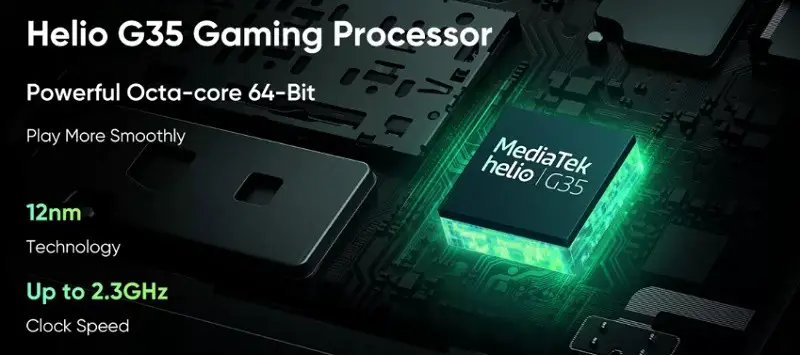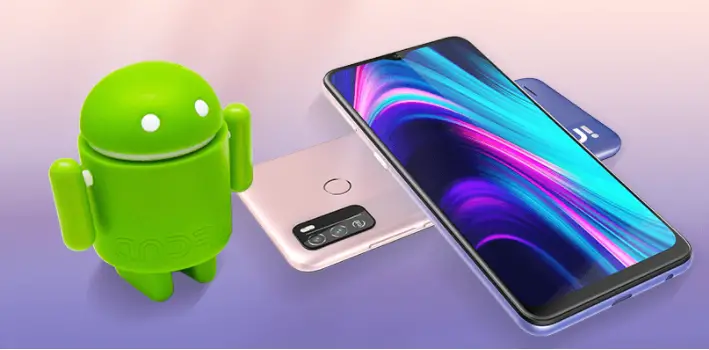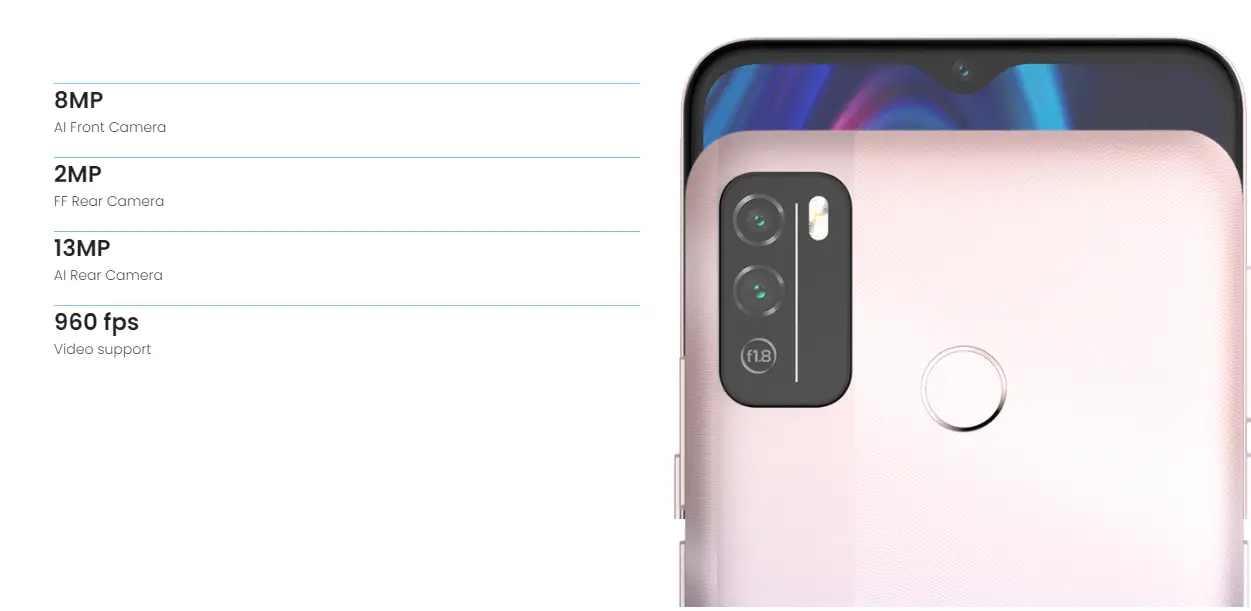Micromax has made its comeback in the Indian market with the launch of Micromax IN 1b and Note 1. Out of the duo, IN 1b is a budget-friendly phone with a starting price of Rs. 6,999, pitted against the likes of Xiaomi, Poco, and Realme. This article compares the Micromax IN 1b with popular Chinese phones in the segment like Poco C3, Redmi 9A, and Realme C11 to see if it makes any difference.
Micromax IN 1b vs. Other Phones in the Segment
Design- Comparable, with few Extras
The Micromax IN 1b comes with a metallic matte finish at the rear and is available in Blue, Purple, and Green colors. Furthermore, it gets a water-drop notch at the top and also a dedicated key for Google Assistant.
If we look closely, none of the Realme C11, Poco C3, or Redmi 9A come with fingerprint scanners. Instead, you’ll have to use the face unlock. On Micromax IN 1b, however, you get both- a rear-mounted fingerprint scanner as well as support for face unlock.
Moreover, Micromax is using USB Type-C for charging whereas the other phones have micro-USB ports. Barring the extras, the overall design profile is similar to competitors like Poco C3, Redmi 9A, and Realme C11.
Display- Similar Size & Resolution
The phone further features a 6.52-inch HD+ LCD with 16M color depth and a water-drop notch at the top. In comparison, the Poco C3 gets a slightly smaller 6.43-inch HD+ screen. At the same time, the Realme C11 and Redmi 9A come with 6.52 and 6.53-inch HD+ panels, respectively.
Performance- On Par
As for performance, the IN 1b gets powered by the MediaTek Helio G35 SoC, which is a 12nm-based octa-core processor with IMG PowerVR 8320 GPU. It is available with up to 4GB of RAM and 64GB of storage and gets a MicroSD slot.
Helio G35 is the same processor that powers other phones in the segment like Realme C11 and Poco C3. Redmi 9A, on the other hand, is powered by a slightly toned-down version, i.e., the Helio G25.
All-inclusive, Micromax In 1b is on par with its competitors when it comes to performance.
Software- Stock Android vs. Custom UI
Software is a major highlight of the Micromax IN 1b. The phone ships with pure stock Android with no bloatware and guaranteed two years of updates. The Android version hasn’t been specified yet, but it’s likely to run Android 10.
In comparison, all three phones- the Poco C3, Realme C11, and Redmi 9A run custom skins on top of Android. MIUI and RealmeUI have certain advantages in features; however, many may not like the skinned interface and bundled bloatware.
None of the phones in the segment except for few Nokia and Motorola devices have stock Android, which gives a slight edge to the IN 1b.
Cameras- Wider Aperture, Higher Resolution Selfie
The Micromax IN 1b gets a dual-camera setup at the rear. The module comprises a 13MP primary camera with f/1.8 aperture and a 2-megapixel secondary lens. For selfies, it has an 8MP front camera.
Its competitor Realme C11 gets a similar 13MP (f/2.2) + 2MP combination at the rear, followed by a 5-megapixel front camera, while the Redmi 9A gets a single 13MP (f/2.2) rear camera and a 5MP front camera. Interestingly, the Poco C3 comes with three rear cameras- 13MP (f/2.2) + 2MP (depth)+ 2MP (macro), alongside a 5MP selfie shooter.
On paper, IN 1b has a higher resolution front camera and a wider aperture for the rear lens (wider aperture allows the phone to capture more light). However, the real-world results will depend on the image processing and optimization done by the company.
Battery & Charging- Same
Micromax has fitted a massive 5,000mAh cell in the IN 1b, which is pretty much a standard spec across the range, including Realme C11, Redmi 9A, and Poco C3. Being entry-level offerings, none of these phones support fast charging. They all ship with 10W chargers.
Price- Very Competitive
The Micromax IN 1b starts at Rs. 6,999 for the base model with 2/32GB configuration, whereas the 4/64GB variant costs Rs. 7,999.
The Realme C11 costs the same at Rs. 6,999 for 2/32GB model. Whereas the Redmi 9A costs Rs. 6,799 for 2/32GB and Rs. 7,499 for 3/32GB. Being the costliest of the lot, Poco X3 costs Rs. 7,499 for 3/32GB and Rs. 8,999 for 4/64GB.
Comparing the base models, Redmi 9A is the cheapest of all. On the other hand, Realme C11 and Micromax IN 1b cost exactly the same. The Poco X3 costs a little extra but also bundles more RAM.
Final Words
As evident, Micromax IN 1b shares a lot of specs with its competitors, including the chipset, battery, and display. However, it gets an edge with the stock Android and updates, wider aperture for the rear camera, and a higher resolution selfie camera. It also gets a USB Type-C port and few extras like the dedicated key for Google Assistant and fingerprint scanner.
Overall, the phone seems very competitive for the price. But then again, it’d be interesting to see how well the specs translate to real-world usage. Cameras and software optimization is what we look forward to testing once we get the phone. Till then, stay tuned.
The post Micromax IN 1b: Is it Better than Chinese Phones in the Segment? appeared first on Gadgets To Use.
Source: Gadgets House






No comments